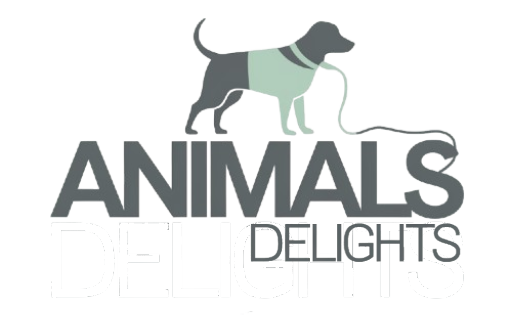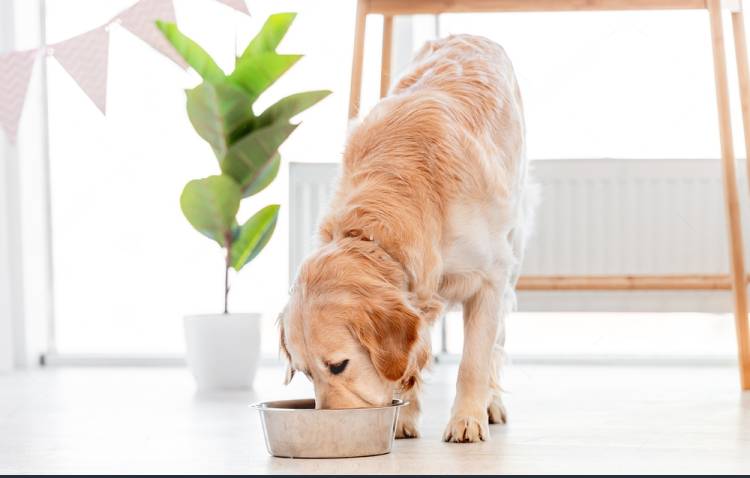Labrador Retrievers are known for their boundless energy and love for food, which makes managing their diet crucial for their overall health and well-being. Whether you’re feeding a growing Labrador puppy or a mature adult, knowing how much should a Labrador eat is essential to prevent obesity or malnutrition. Let’s walk you through everything you need to know about feeding Labradors, including their nutritional needs, life stages, feeding schedules, and tips to keep your dog healthy.
Understanding Labrador Nutrition
Labradors require a balanced diet that provides all the essential nutrients, including proteins, fats, carbohydrates, vitamins, and minerals. The diet should support their growth, energy levels, and overall health. Labradors are prone to obesity, so understanding their nutritional needs at different life stages—puppy, adult, and senior—is essential for maintaining their ideal weight.
- Puppy Nutrition: Labrador puppies need more calories and nutrients than adult dogs due to their rapid growth. Their food should be rich in protein and fats to support muscle and bone development.
- Adult Nutrition: An adult Labrador’s diet should focus on maintaining their weight and providing the energy they need based on their activity levels.
- Senior Nutrition: Older Labradors need a diet that supports joint health and prevents excessive weight gain, as they tend to be less active.
It’s always a good idea to consult your veterinarian to determine the best diet plan for your Labrador, ensuring they receive the right balance of nutrients at each stage of life.
Choosing the Right Food for Your Labrador
Choosing the right dog food is crucial for your Labrador’s health. Not all dog foods are created equal, and it’s important to choose a high-quality product that meets your dog’s specific nutritional needs.
High-Quality Dog Food:
Look for brands that offer a balance of protein, fats, and carbohydrates. Foods rich in protein support muscle health, while moderate fats provide the energy your Labrador needs.
Raw and Homemade Diets:
Some owners opt for raw or homemade diets to ensure their dogs are eating fresh, natural ingredients. If you choose this route, consult your vet to ensure your dog is getting all the essential nutrients.
Age, Size, and Activity Level:
Consider your dog’s age, weight, and activity level when selecting food. Puppies, for instance, need nutrient-rich food to support growth, while adult Labradors require a balanced diet to maintain their health and prevent obesity.
Don’t Miss: Labrador Retriever German Wirehaired Pointer Mix
Feeding Guidelines
How much should you feed your Labrador? A general rule of thumb is to feed them 2-3% of their body weight daily, divided into two or three meals. However, the exact amount depends on factors like age, activity level, and metabolism.
Measure Portions:
Use a measuring cup to ensure you’re feeding your Labrador the right amount. Overfeeding can lead to obesity, while underfeeding can result in nutritional deficiencies.
Adjust Based on Activity:
Active dogs may need more food to sustain their energy levels, while less active Labradors might require fewer calories to avoid weight gain.
Transitioning Foods:
When introducing a new food, make the transition gradual over 7-10 days to avoid digestive issues. Start by mixing a small amount of the new food with their current food, gradually increasing the proportion.
Life Stages and Feeding
Your Labrador’s nutritional needs change as they age, so it’s important to adjust their diet accordingly.
- Puppy Feeding: Puppies need to be fed three to four times a day with food formulated specifically for their growth needs. Puppy food is nutrient-dense to support rapid growth.
- Adult Feeding: Adult Labradors should be fed twice a day. Their food should provide a balance of nutrients to maintain their energy levels and weight.
- Senior Feeding: As Labradors age, their metabolism slows down, and they need fewer calories. Senior dog food often contains ingredients that support joint health and mobility.
Pregnant and lactating females also require a higher caloric intake to support their puppies’ growth, so feeding a nutrient-rich diet during this time is essential.
Read Next: Dalmatian Lab Mix
Feeding Frequency and Schedule
Consistency is key when it comes to feeding your Labrador. Establish a regular feeding schedule that aligns with their energy levels and lifestyle.
- Puppies: Feed your Labrador puppy three to four times a day until they reach six months of age. This supports their high energy needs during growth.
- Adult Dogs: Feed your adult Labrador twice a day once in the morning and once in the evening.
- Exercise Timing: Avoid feeding your Labrador right before or after strenuous activity to prevent bloating or digestive issues.
Common Feeding Mistakes to Avoid
To keep your Labrador healthy, it’s important to avoid common feeding mistakes that many dog owners make.
- Overfeeding: Labradors love food and can easily overeat, leading to obesity. Stick to portion control and avoid giving too many treats.
- Underfeeding: Not feeding enough can result in malnutrition, which can cause growth issues in puppies and health problems in adult dogs.
- Table Scraps: Avoid feeding your dog human food, as many ingredients in our diets are not suitable for dogs and can cause digestive problems.
- Lack of Fresh Water: Always provide fresh water to your Labrador to keep them hydrated.
Monitoring Your Labrador’s Health
Regularly monitoring your Labrador’s health is essential for ensuring they are eating the right amount and maintaining a healthy weight.
- Weight and Body Condition: Check your dog’s body condition regularly to ensure they are at a healthy weight. If you notice significant weight gain or loss, consult your vet.
- Signs of Nutritional Deficiencies: Keep an eye out for issues like skin problems, digestive upset, or lethargy, as these may indicate nutritional deficiencies.
- Veterinary Check-ups: Schedule regular vet visits to monitor your Labrador’s health and adjust their diet as needed.
Additional Tips and Resources
- Consult a Vet: Always seek professional advice if you’re unsure about your Labrador’s diet or feeding schedule.
- Exercise: Regular physical activity is important to maintain a healthy weight and overall well-being for your Labrador.
- Certified Food: Look for dog foods certified by reputable organizations, such as the Association of American Feed Control Officials (AAFCO).
Summary: Key Takeaways for Feeding Your Labrador
When considering how much to feed your lab, it is crucial to refer to a labrador feeding guide. The right amount of food often depends on the type of food you are feeding. For example, if you choose dry food or dry dog food, the typical recommendation is around 2 cups a day for a 75-pound lab.
Many owners feed their dogs kibble as it’s convenient, while others opt for raw feeding or wet food diets. The labrador food amount varies, so if you’re wondering, “how much should I feed my lab puppy?” or “how much do you feed an old lab?” it’s best to consult a labrador site or vet.
Typically, a lab a day might need 1 cup per meal, translating to 4 meals a day, but this can vary based on the pet food and food diet you choose. Some labs might eat less or require less food if they are less active. Adjusting cups per meal helps ensure your dog’s needs are met without overfeeding.
For balanced nutrition, always calculate how many cups of food your dog needs to eat, keeping in mind the right amount of food is vital to avoid obesity. Whether you feed raw, feed a labrador with wet food, or feed their dogs with kibble, the best food choice should always consider your dog’s specific needs. The food you are feeding should benefit their health and lifestyle.







